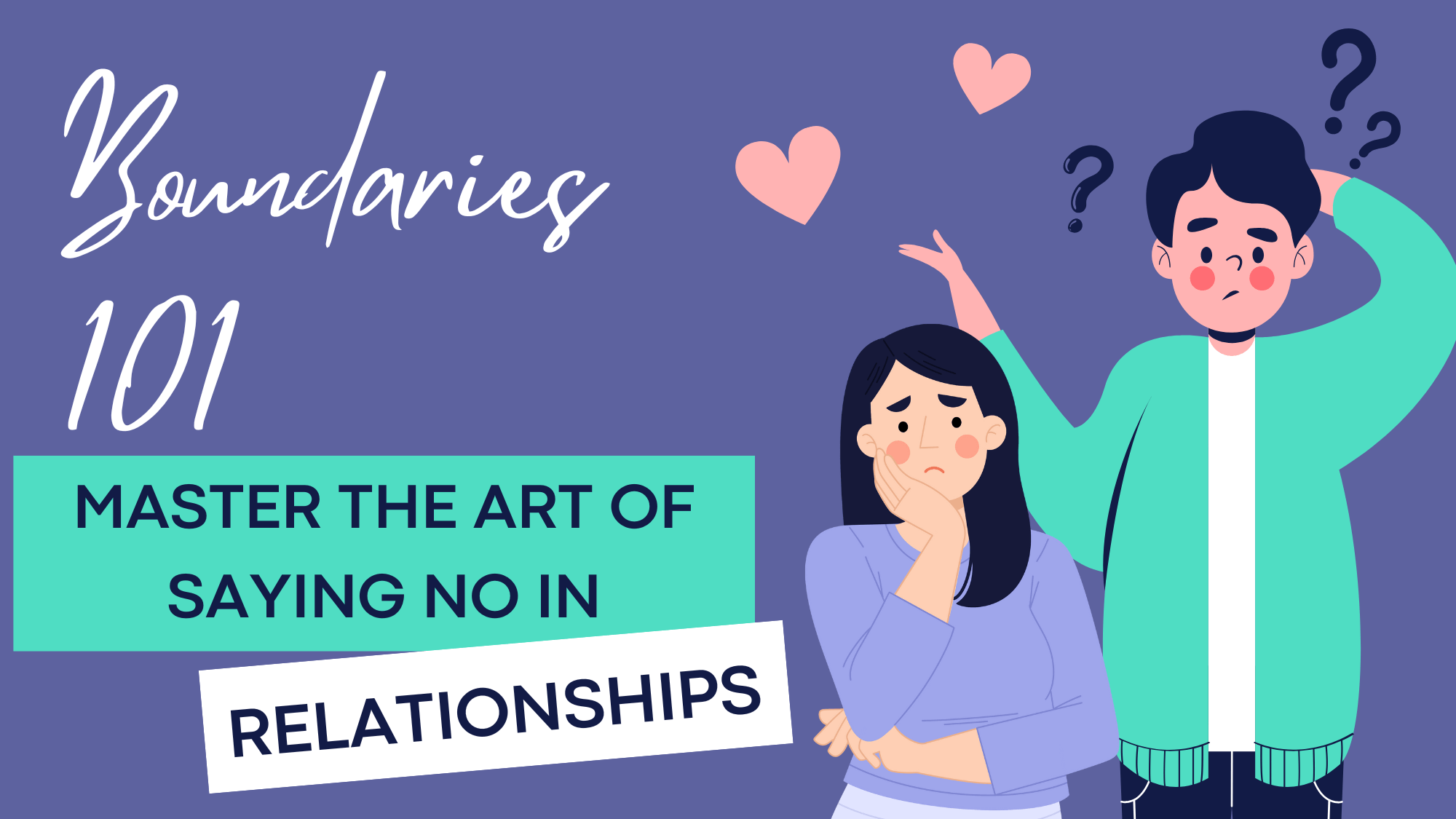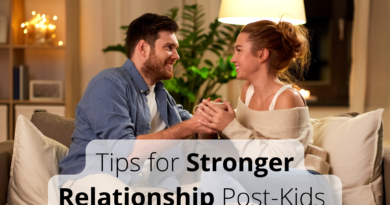Boundaries In Relationships: 7 Simple Steps To Reclaim Your Peace
Have you ever found yourself saying “yes” when you desperately wanted to say “no”? Or felt that knot in your stomach while trying to express your needs to someone you love? You’re not alone. Setting boundaries in relationships is like learning to dance – it takes practice, feels awkward at first, but eventually becomes natural and beautiful.
Why We Struggle with Setting Boundaries
Let’s be real – setting boundaries can feel about as comfortable as wearing wet socks. Many of us grew up believing that putting others first was the ultimate sign of love. But here’s the truth: healthy boundaries aren’t walls; they’re bridges to deeper, more authentic connections.
The Guilt Trip We Pack for Ourselves
That guilty feeling? It’s like an unwanted guest that shows up whenever we try to prioritize our needs. Maybe you hear that little voice saying, “Aren’t you being selfish?” or “What if they don’t like me anymore?” These thoughts are normal, but they shouldn’t be in the driver’s seat of your relationships.
Understanding Boundaries: The Foundation
Before we dive into the ‘how-to,’ let’s get crystal clear about what boundaries actually are:
- Personal limits that define where you end and others begin
- Guidelines for how you want to be treated
- A form of self-respect and respect for others
- A way to preserve your emotional energy
Types of Boundaries You Need to Know
1. Emotional Boundaries
- Separating your feelings from others’
- The right to your own emotional responses
- Permission to say “no” to emotional dumping
2. Physical Boundaries
- Personal space preferences
- Touch and intimacy limits
- Time and energy boundaries
3. Digital Boundaries
- Social media interaction limits
- Communication response times
- Online privacy preferences
The Step-by-Step Guide to Setting Boundaries (Without the Guilt)
1. Start with Self-Awareness
Take a moment to check in with yourself. What makes you feel uncomfortable, drained, or resentful? These feelings are your internal GPS, pointing toward areas where boundaries are needed.
Pro Tip: Keep a “boundary journal” for a week. Note situations where you feel your limits are being crossed.
2. Use Clear, Direct Communication
Instead of: “Maybe we could possibly… if it’s not too much trouble…”
Try: “I need… ” or “I’m comfortable with…“
Examples of Clear Boundary Statements:”
- I need some alone time to recharge.”
- “I’m not available after 9 PM for calls.”
- “I appreciate you thinking of me, but I can’t take on more commitments right now.”
3. Start Small and Build Up
Don’t feel pressured to transform into a boundary-setting superhero overnight. Begin with something manageable, like:
- Setting a specific time to check messages
- Declining extra commitments
- Asking for space when you need it
Dealing with Pushback: The Tough Part
Let’s face it – not everyone will do a happy dance when you set boundaries. Some common reactions you might face:
- Guilt-tripping
- Passive-aggressive behavior
- Direct confrontationSilent treatment
How to Stand Your Ground (Kindly but Firmly)
1. Stay Calm and Consistent
Remember: Someone’s negative reaction to your boundaries is about them, not you.
2. Use the Broken Record Technique
Calmly repeat your boundary without defending or explaining too much.
3. Acknowledge Feelings Without Changing Your Position
“I understand this is difficult for you, but this is what I need.”
The Self-Care Component
Setting boundaries is self-care, not selfishness. Think of it like putting on your oxygen mask first on an airplane – you can’t help others if you’re depleted.
Daily Boundary-Setting Practices
- Morning Check-in
- How much energy do I have today?
- What do I need to feel balanced?
- What commitments align with my values?
- Evening Reflection
- Did I honor my boundaries today?
- Where did I feel strong/weak in maintaining them?
- What adjustments do I need to make?
Common Scenarios and Solutions
Scenario 1: The Always-Available Friend
Problem: Friends text at all hours expecting immediate responses.
Solution: “I care about our friendship, but I’m setting aside specific times for messaging. I’ll respond during those times.”
Scenario 2: The Family Obligation
Problem: Family expects you at every gathering.
Solution: “I value our family time, but I’ll be choosing which events work best for my schedule and energy levels.”
Scenario 3: The Workplace Overflow
Problem: Work consistently bleeds into personal time.
Solution: “I’m available for work matters between [specific hours]. Outside of these hours, I’ll respond the next business day.”
Building Better Relationships Through Boundaries
The irony? Setting boundaries actually creates closer relationships. When people know where they stand with you, they:
- Feel more secure in the relationship
- Understand how to interact with you
- Respect you more
- Trust you to be honest with them
Signs Your Boundary-Setting is Working
- Decreased anxiety about interactions
- More energy for things you love
- Clearer sense of self
- Improved relationship quality
- Reduced resentment
FAQs About Setting Boundaries
Q: What if setting boundaries ruins my relationship?
A: Healthy relationships become stronger with boundaries. If a relationship can’t survive healthy boundaries, it might be worth examining its overall health.
Q: How do I stop feeling guilty about saying no?
A: Remember that saying no to others often means saying yes to yourself. Start small, and celebrate each time you successfully maintain a boundary.
Q: What if someone keeps violating my boundaries?
A: Consistently reinforce your boundaries, and be prepared to implement consequences. Sometimes, this might mean limiting contact with people who repeatedly disrespect your limits.
Q: Is it ever too late to start setting boundaries?
A: It’s never too late to start taking care of yourself. People can adapt to changes at any stage of a relationship.
Q: How do I set boundaries without sounding mean?
A: Use “I” statements, maintain a calm tone, and focus on expressing your needs rather than criticizing others.
Moving Forward: Your Boundary-Setting Action Plan
- Week 1: Identify your top three boundary needs
- Week 2: Practice expressing these boundaries in a mirror
- Week 3: Implement one small boundary
- Week 4: Evaluate and adjust as needed
Remember, setting boundaries is a skill, and like any skill, it gets better with practice. Be patient with yourself as you learn and grow.
Final Thoughts
Setting boundaries without guilt isn’t just about saying no – it’s about saying yes to yourself. It’s about creating relationships that energize rather than drain you. Start small, stay consistent, and watch how your relationships transform.
As you begin this journey, remember: You’re not just setting boundaries; you’re creating a template for healthier, more fulfilling relationships. And that’s something worth feeling good about.
Your turn: What’s one small boundary you can set today? Sometimes, the smallest steps lead to the biggest changes.




